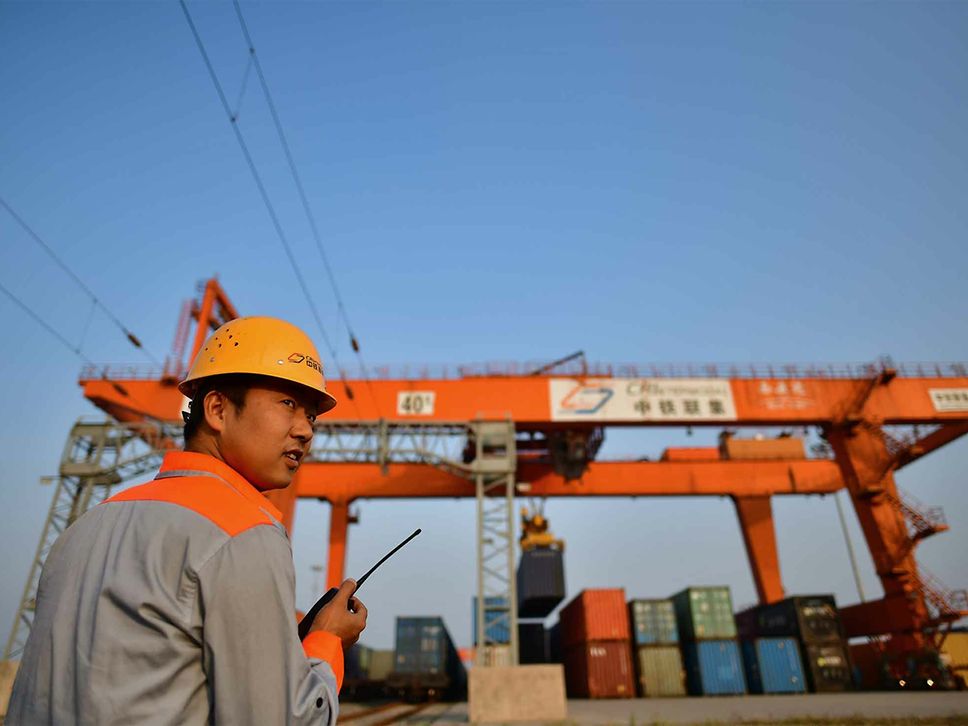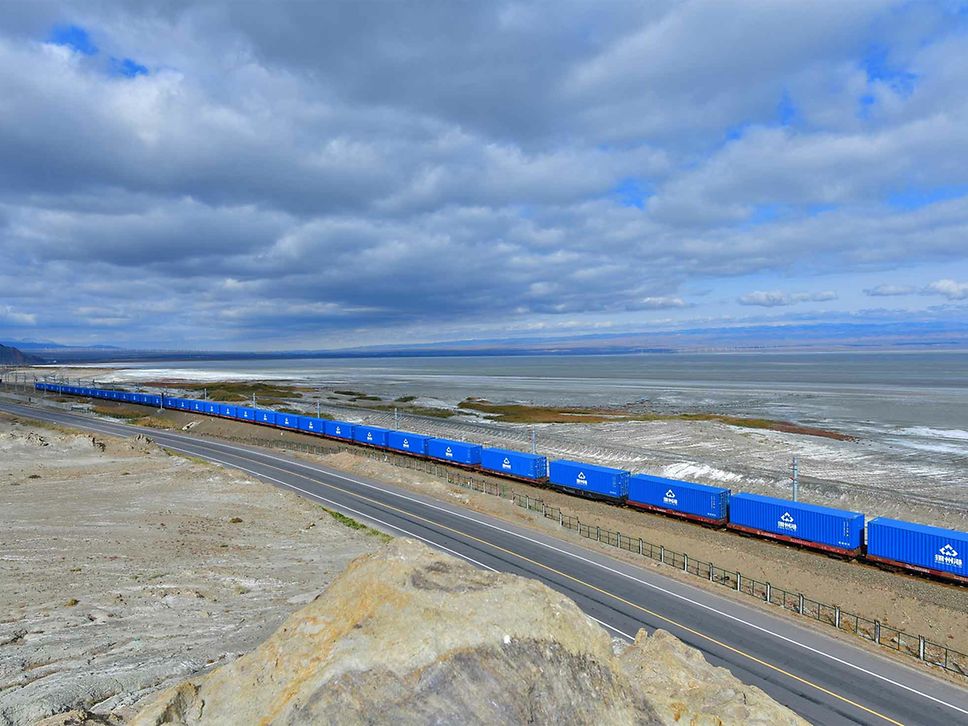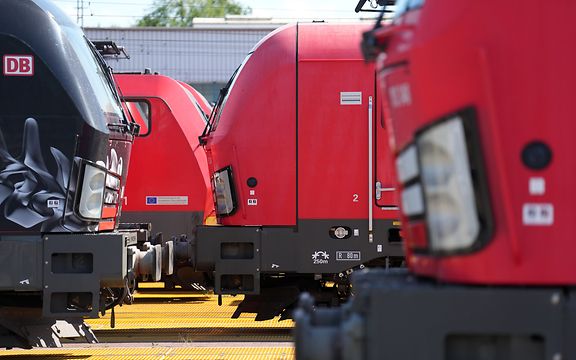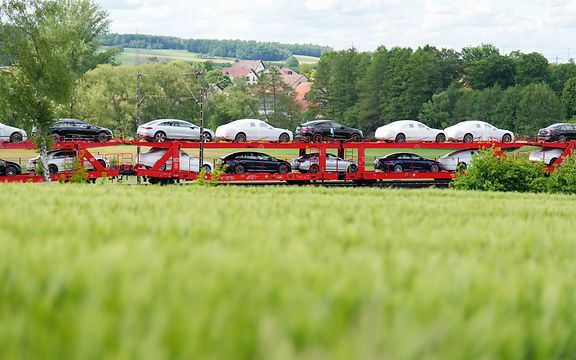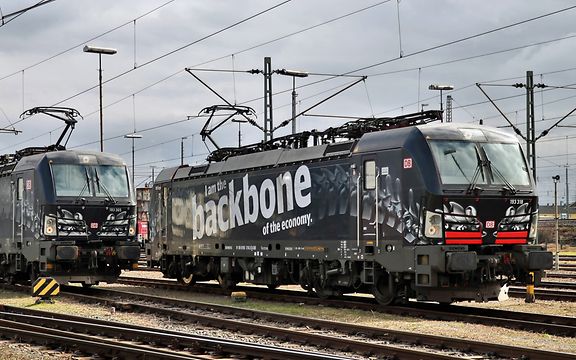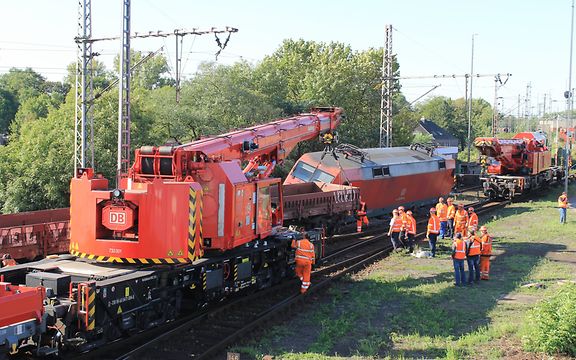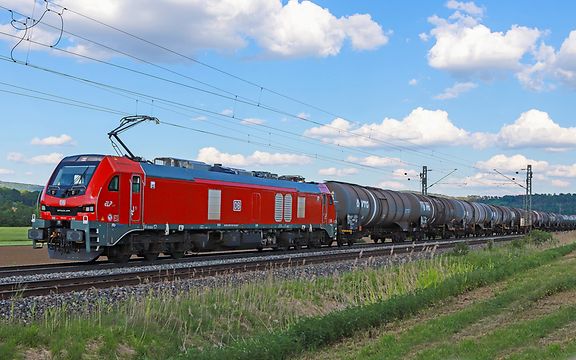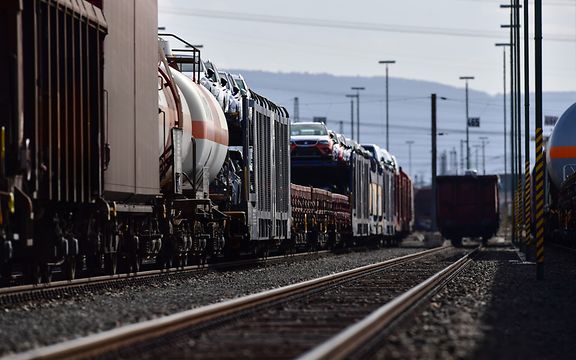The Silk Road of tomorrow
DB Cargo is constantly developing new routes to the Far East for the largest infrastructure project of the 21st century.
When we think about China, we often imagine breathtaking sights and traditions stretching back thousands of years. However, the country has long played a very different role in the world. It is now a major player in the global economy, a technological powerhouse and a leading source of new logistics solutions. In 2013, China's head of state Xi Jinping first unveiled his vision for a new version of the historical Silk Road at a conference in Kazakhstan. It is the largest and most exciting infrastructure project of the 21st century, and it will eventually connect some 70 countries and more than 4.5 billion people – over half the world's population.
The New Silk Road
China will invest over USD 900 billion in the New Silk Road in the coming years. Its northern corridor follows the path of the legendary Trans-Siberian Railway, where thousands of kilometres of new track have made it the most important route for rail freight transport. With a length of 10,000 km and a transit time of 12 to 14 days, this route represents the fastest rail link across Eurasia. Deutsche Bahn knows it well: our first container was transported on the Trans-Siberian Railway in 1973. In 2008, a freight train performed a trial run from Beijing to Hamburg, and the first scheduled container train arrived from Xiangtang in October of the same year.
A new era for the rail freight sector
DB Cargo began offering scheduled rail service between China and Germany in March 2011. This makes sense because, in 2020, China was Germany's most important trading partner for the fifth year running. More than 12,000 trains used the Eurasian Corridor in 2020, and while this figure continues to climb, just 5% of freight heading to or from China travels by rail. This is why DB Cargo wants to increase its Eurasian Corridor transport capacities even more, from more than 200,000 containers in 2020 to 500,000 containers in 2025. This makes ecological and economic sense given that freight trains generate roughly 95% lower CO2 emissions than planes and almost 70% lower than lorries. Container ships have comparable emissions to trains, but they are far slower. Air freight transport to Europe is faster but up to ten times more expensive.
New Silk Road connections for more growth
According to statistics from China, the value of freight transported during the first nine months of 2020 saw an increase of some 50%. This is why new routes are constantly being added to the New Silk Road network. One of these is the new intermodal service from DB Cargo Eurasia which links Rostock to Kaliningrad via a short sea route. It started operating in April 2020. Chinese logistics companies load and dispatch trains to Germany which haul electronics, textiles, canned tomatoes, balls of dough for bread rolls and (currently the best-known item) masks to prevent the spread of Covid-19. Most of the containers arrive overland, but a growing percentage use the Kaliningrad-Rostock shipping link to avoid construction work at Malaszewicze in Poland or sidestep holdups in cross-border traffic, just to name two examples. Kaliningrad is where the freight is moved from train to ship.
Read more:
Martin Rotbarth is sales manager at Euroports, where he works in the company's port logistics unit. For him, the creation of a link between Rostock on the Baltic coast and Asia was a very special event. In Rothbarth's words, the initial steps in the undertaking were "a visionary project". "First, we had to comprehend what it all meant," he says. "DB Cargo led the charge and made sure we were always up to speed with developments." The first intermodal transports started in April 2020. An initial volume of 50 containers a month at the rail-ship link has now grown to 1,000, and the sea route is steadily gaining in importance all the time. DB Cargo Eurasia operates up to four trains a week (eastbound and westbound) on the Xian-Kaliningrad-Rostock route. Two-thirds of the freight comprises imports to Germany, while exports account for the remainder. A study by the consultancy firm Roland Berger predicts that the rail sector's container traffic will see annual growth of at least 10% over the next ten years. This means that up to 20 container trains could soon be departing every day on the long link connecting east and west.
